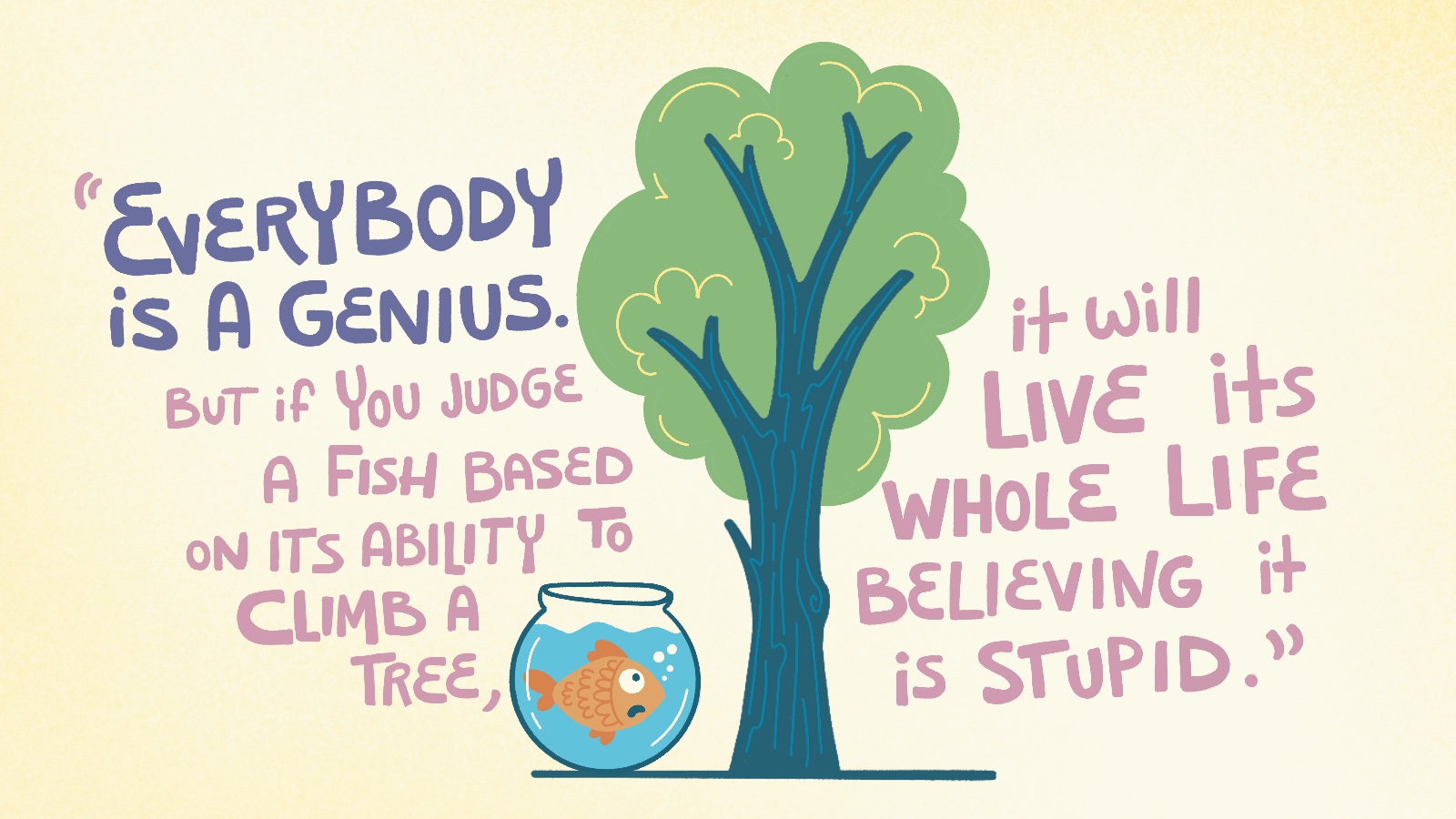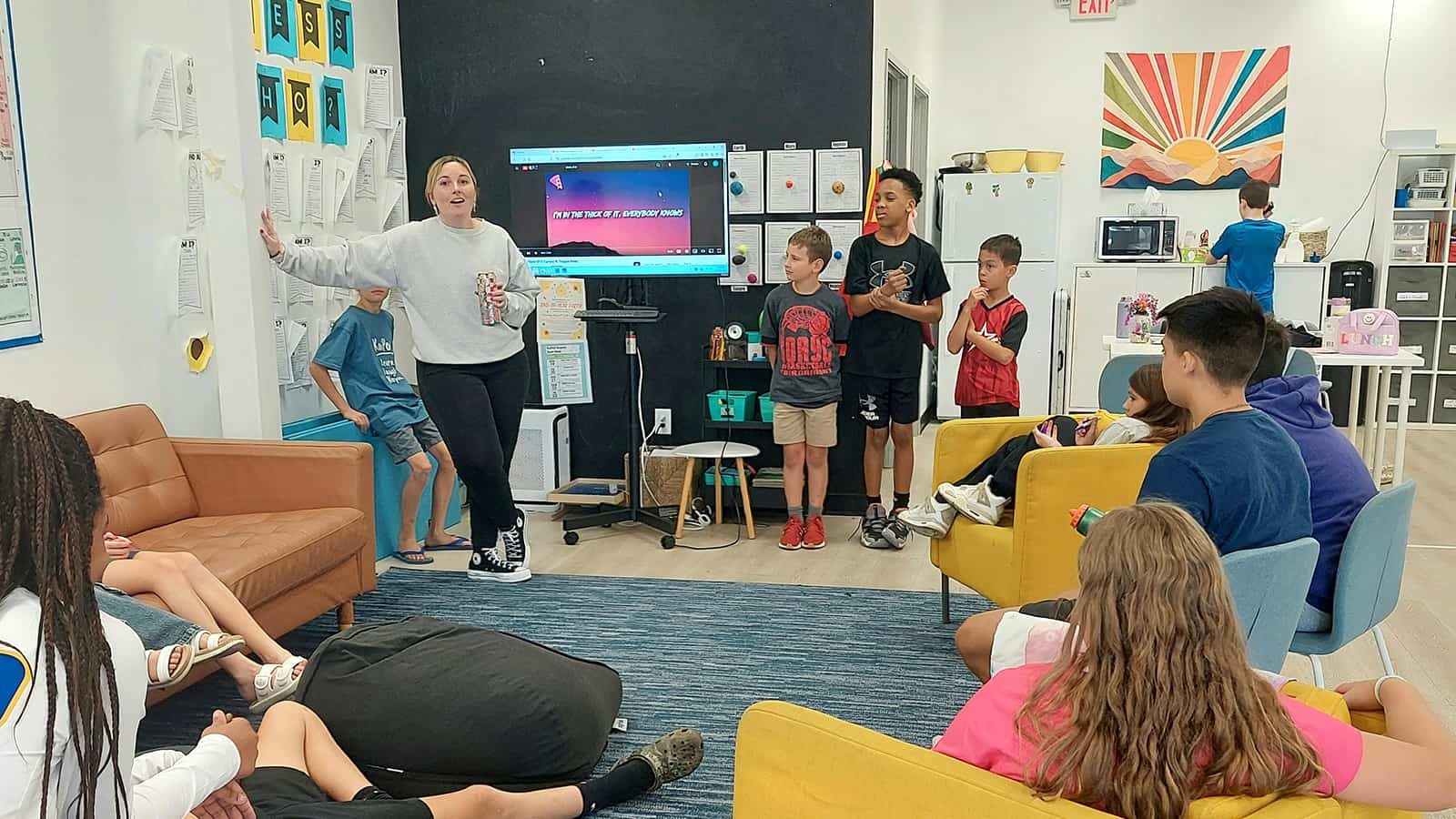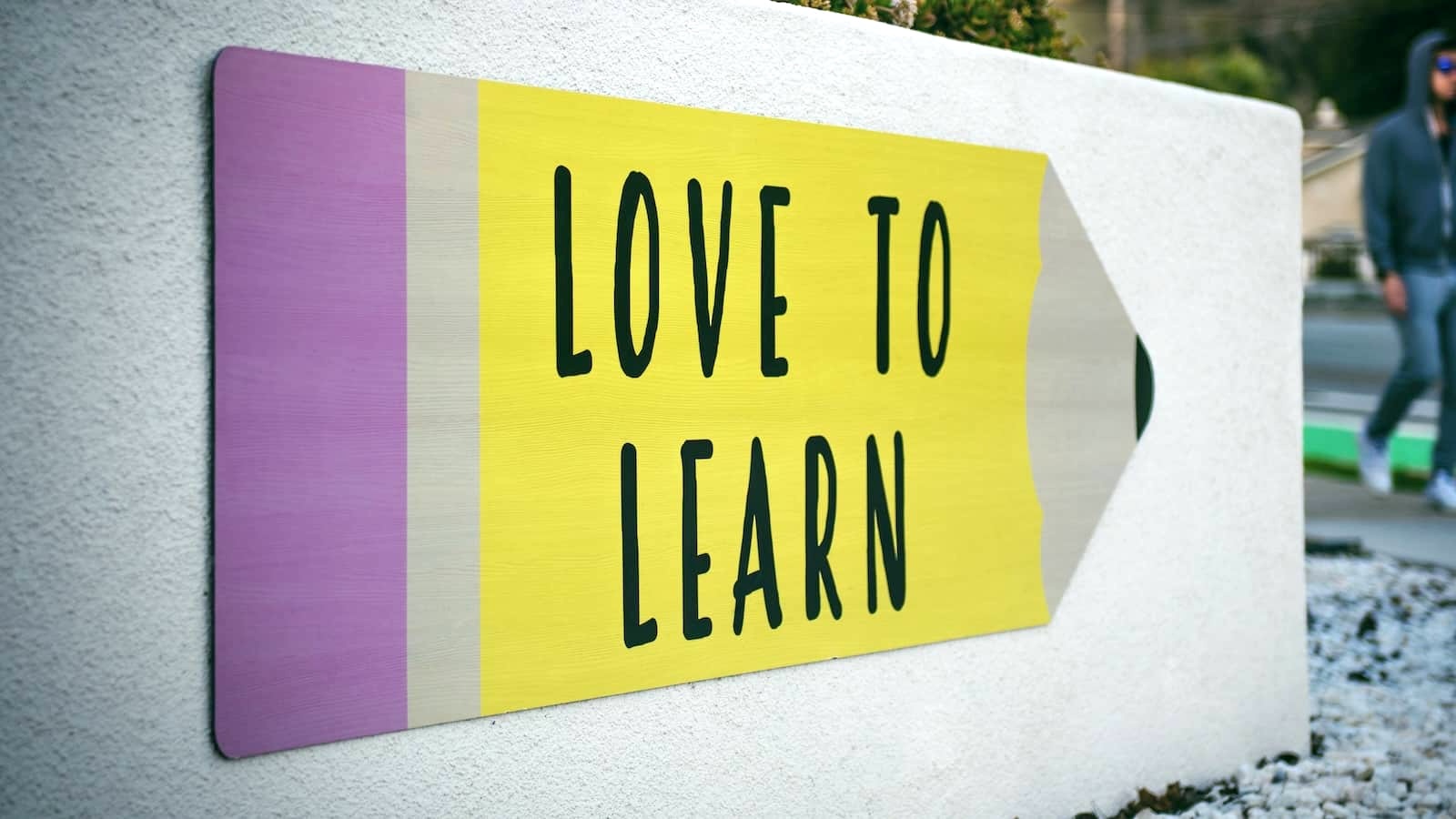In some schools, students at the top of the class find themselves bored, complaining that their lessons don’t challenge them, or worse, that their teachers ignore them. In other schools, students who need extra time to process information or alternative modes of instruction feel left behind, struggling to catch up to a model of teaching that wasn’t designed for them.
Differentiated instruction is a teaching approach that provides learning materials, lessons, and direct instruction at each student’s current level of performance, rather than teaching to the middle of the class. When a teacher differentiates instruction, they consider the unique needs of every learner, the breadth of current levels of performance in the class, and the modes of learning that each student benefits from the most.
Why Microschools Are an Ideal Environment for Differentiated Instruction
From a teaching perspective, differentiated instruction can be difficult in crowded classrooms. But the size of the class isn’t the only factor. The more diversity in age, learning profile, and learning preference, the harder it becomes to differentiate instruction for every learner.
In the microschool environment, teachers have a smaller pool of students and a deeper level of familiarity with each. This means they know what motivates their learners and the most effective learning strategies to reach them. In this environment, a teacher can differentiate instruction in a way that ensures that all students can feel both challenged and successful.
How Can Microschools Differentiate Instruction to Maximize Student Learning?
Differentiated instruction is an umbrella term that covers far more than just teacher-led instruction. In a microschool, every aspect of a student’s learning experience can be tailored to their specific strengths and challenges. Here are a few of the ways that teachers can differentiate learning for microschool students.
1. Direct Instruction
During direct teaching time, teachers deliver instruction directly to their students. At this stage of learning, differentiated instruction can take a few different forms. Teachers might teach the same lesson to the whole class, but provide different materials to different students. Some students might be expected to take their own notes. Others might receive pre-written notes and highlight them as the teacher covers each topic. Still others might receive a partially completed page of notes, with key phrases left blank for them to fill in.
Another way to differentiate direct instruction is to teach the same content in multiple ways. Some students prefer to learn through visual representations, others through listening, and still others through touch or movement. Providing opportunities for each of these learning preferences in a single lesson can help teachers ensure that every student receives information in a way that they’re able to absorb.
Finally, sometimes direct instruction is differentiated through small groups. Teachers can meet with groups of similar learners to deliver instruction tailored more specifically to their learning profiles. This allows teachers to challenge more advanced students or provide additional support or reinforcement for students who need it.
2. Student-Led Learning Projects
Student-led learning projects are a natural way to provide differentiated instruction without requiring as much preparation from the teacher. When students create their own essential questions based on their own interests and choose their own resources, they will naturally differentiate their work process and product to a level that is appropriate for them.
The teacher will differentiate the amount of support that students receive during these projects. Teachers need to know which students need more frequent check-ins, which students benefit from graphic organizers to keep track of their notes, and which students may need a little extra encouragement to complete their best work. Sometimes, differentiation can be as small as choosing to sit next to a certain student while planning the next lesson, just so that this student knows you’re available to answer questions. Other times, a student might need a teacher to walk them through the project step by step and then provide a template to guide them through each step again.
3. Learning Materials
At many schools, there is a narrow definition of academic success and it usually involves successful learning of the same content presented through the same materials. At microschools, teachers have the freedom and time to source all different kinds of materials that teach largely the same content.
In student-led projects, students are selecting their own content and essential questions, but this will not always be practical. Sometimes, all students will be expected to learn the same content and answer the same essential questions.
For example, some students might learn about the water cycle by reading a traditional textbook. Others might learn about it by listening to an audio version of the same text. Still others might watch a video, or participate in a hands-on simulation of the water cycle with the teacher. At the end of the unit, thanks to these differentiated materials, all students should be able to describe each stage of the water cycle.
4. Assessment Methods
Traditionally, assessments in schools have looked the same for most students. At the end of a unit, students turn in a book report, write an essay, or sit down to take a test. All of these are effective ways for some students to show what they have learned, but none are effective for all students.
Assessment can and should be differentiated in the same ways that instruction and materials are. Microschool teachers should carefully consider how each student in their classroom is best able to communicate what they know and use the assessment tools and methods that allow each student to be most successful.
Going back to the water cycle example above, some students might create a poster with each stage of the water cycle illustrated on it. Some of these students might label the stages themselves, and others might cut and paste from teacher-provided labels to identify key stages. Students who are better at explaining themselves verbally might sit with the teacher and, either independently or through the use of a blank diagram, describe what happens in each stage.
The key point to remember in differentiating assessment methods is that the variety of displays of knowledge should be just as diverse as the student body. All students should be able to show what they know in a way that works for them. There might be a set of students acting out the water cycle with instruments and sound effects on one side of the room, while another set of students writes a step-by-step paragraph to describe each phase on the other, and neither of these displays of knowledge is more valuable than the other.
The Lasting Impact of Differentiated Instruction on Student Success
A popular saying once attributed to Albert Einstein goes, “Everybody is a genius. But if you judge a fish based on its ability to climb a tree, it will live its whole life believing that it is stupid.”
Whether Albert Einstein said this or not, it’s a great analogy for the importance of differentiated instruction. Every student learns differently. Every student brings a different set of skills and background knowledge with them. Every student faces their own obstacles and challenges. And every student communicates what they know in different ways. By providing each student with the tools they need to maximize learning and showcase their skills, every student in the classroom will find a way to feel successful. And when students feel successful in the classroom, they are more likely to be committed, engaged, and valued members of their microschool community.
The cycle becomes self-sustaining. When teachers provide differentiated instruction at all levels, students realize that their work and knowledge are valuable, and they are then more likely to put in the work and showcase their knowledge in the future. Differentiated instruction enables all students to feel successful, and students who feel successful will strive for success in the future.


